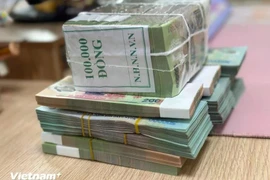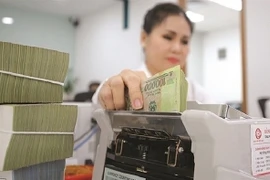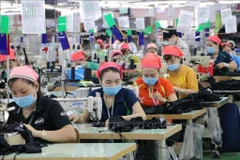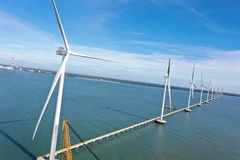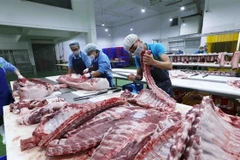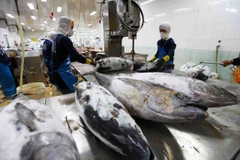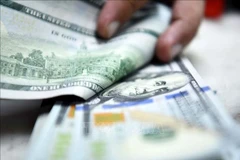Hanoi (VNA) - Vietnam should promote institutional reforms, attract private investment, and diversify export markets to generate higher economic growth and navigate global headwinds to improve its credit rating, experts have said.
Promising horizons: Experts forecast strong economic performance
Attending the “Vietnam Credit Spotlight 2025” press conference held by FiinRatings and S&P Global Ratings on February 27, they painted a bright picture of Vietnam’s economic prospects. S&P Global Ratings predicted that Vietnam will remain one of Asia’s fastest-growing economies and be able to compete with India, with a projected GDP growth rate of 6.5% over the next three years.
Asia-Pacific Chief Economist at S&P Global Ratings Louis Kuijs said despite global fluctuations, the Vietnamese economy has maintained an average growth rate of 6.2% over the past decade, noting how Vietnam has capitalised on FDI inflows as critical economic boosters, drawing parallels with China’s post-1978 reform period.
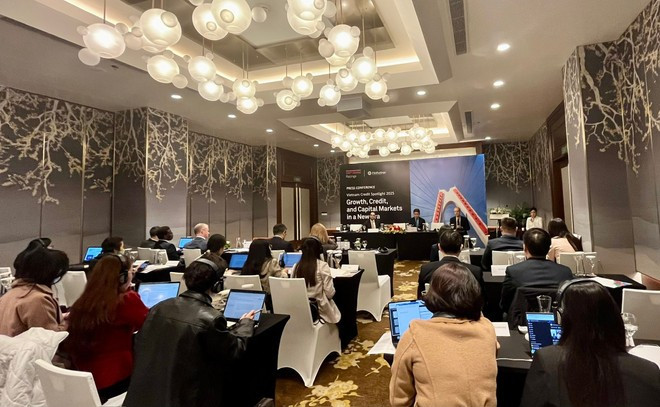
Vietnam’s economic prospects are positive, he affirmed, elaborating that the country’s export accounts for 79% of GDP while registered FDI makes up 8% of the economic scale.
However, he held that the path to sustainable growth is full of obstacles, mainly the risks from the US tariffs and global economic uncertainties.
In the long term, Kuijs said Vietnam should improve its position in the value chain, transform itself into a production hub for value-added goods. He suggested the country promote the engagement of domestic firms in the global value chain, better business climate, enhance competitive edge in the service sector, while investing big in human resources.
By doing so, Vietnam will be able to maintain its growth momentum and lay a foundation for sustainable economic development, he stressed.
Leveraging domestic resources
Chairman and CEO of FiinRatings Nguyen Quang Thuan emphasised that achieving an 8% GDP growth target and progressing towards double-digit expansion in subsequent years hinges on the motives and recovery of the private investments.
Domestic consumption has shown promising signs of resilience, expected to be an important economic accelerator from 2025, he said. The economy remains heavily reliant on bank credit, with a credit growth projection of 16% this year, the capital market must play a more significant role in providing long-term financial resources for the economy.

Director of Analytical Division at FiinRatings Le Hong Khang pointed out that influences could come in the way of geopolitical tensions and the possibility of the stringent tariff policies from the US administration. Besides the restructuring of the international trade relationships and the US Reserve’s slower rate cuts could pose significant risks to Vietnam's key export markets such as the US, Japan, China, and Europe.
Khang held that the country should keep close tabs on the fluctuations of the foreign exchange rates and reserves.
Director of Asia – Pacific Sovereign Ratings at S&P Global Ratings Andrew Wood highlighted that Vietnam's national credit rating is built on three fundamental pillars, namely robust economic growth, moderate government debt levels, and low external borrowing risks. He stressed that continued institutional reforms, improved fiscal policy effectiveness, and enhanced trade and investment could significantly better Vietnam's international credit standing./.

